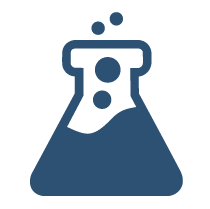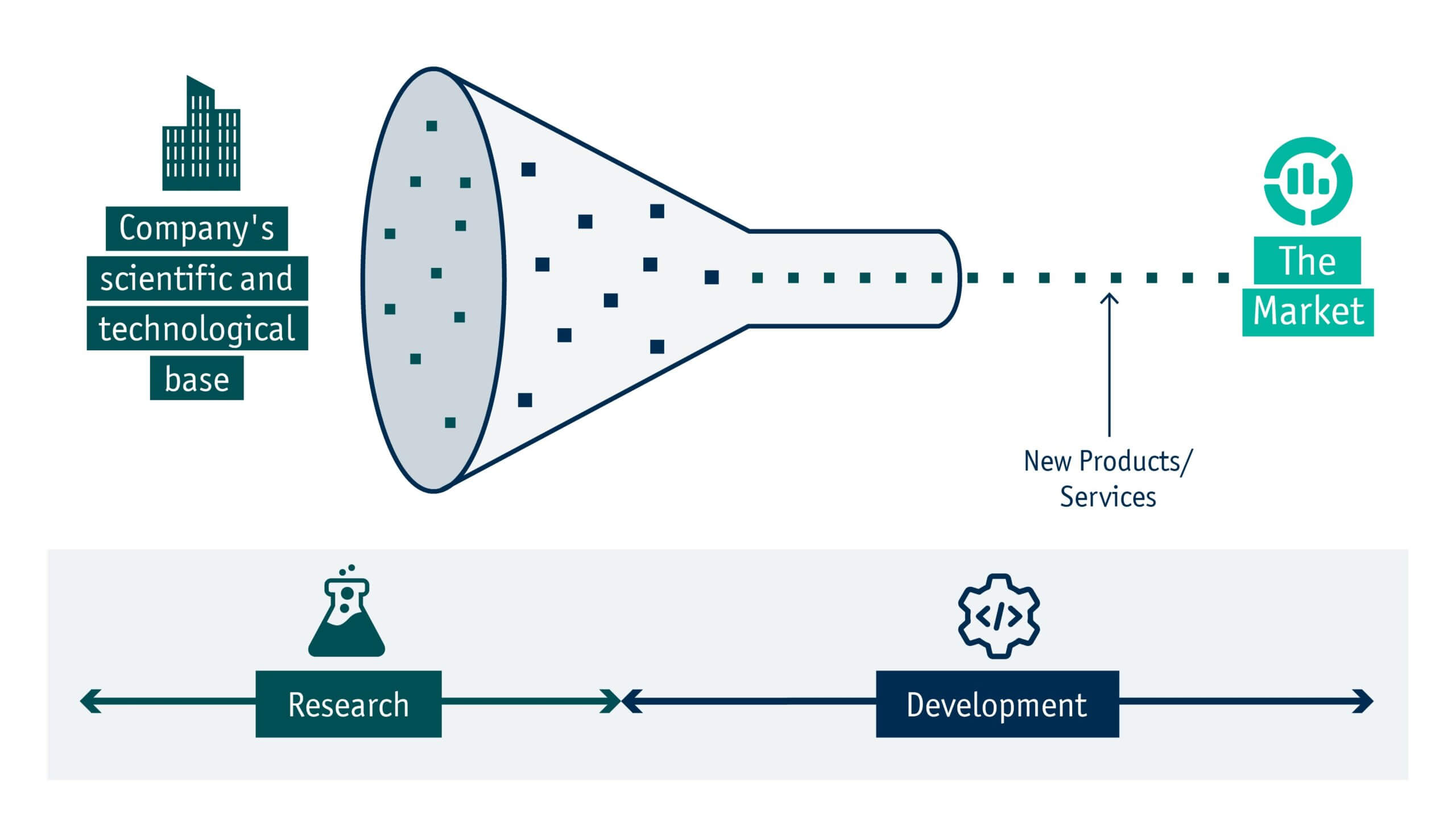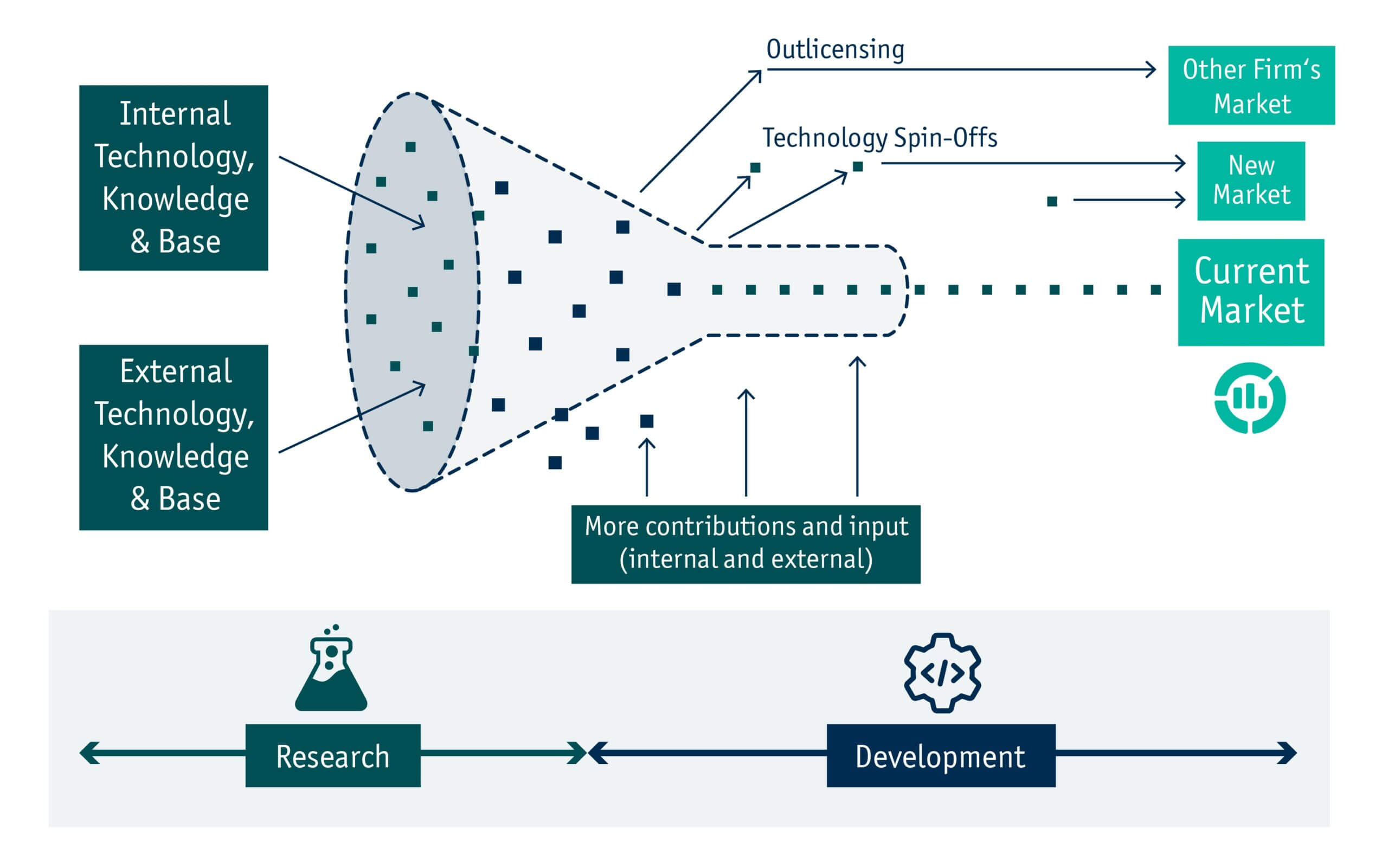
Regular posts on all things around automated network & service management

Research & Vision
Closed vs. Open Innovation – Infosim® announces the all new StableNet® Innovation Lab
March 21st 2023, Würzburg
„Most innovations fail. And companies that don’t innovate die.“
Henry Chesbrough
Before I get to the big announcement below, I’d like to first discuss how we (the Research Team here at Infosim®) arrived at this point.
For some time now, our world has been characterised by high speed, unpredictability, incomprehensibility and ambiguity. Drivers of this development are, for example, digitalisation, globalisation, political developments or the much-cited shortage of skilled workers. In the market environment, the acronym VUCA (Volatility, Uncertainty, Complexity and Ambiguity) is therefore often used to characterise today’s world.
Therefore it is becoming increasingly essential and future-critical for organisations to deal efficiently with ideas and associated innovations. Otherwise, as the quote from Henry Chesbrough (a pioneer in innovation management) mentioned at the beginning shows, organisations will quickly fall behind.
In this blog post, I would therefore like to give an overview of the topic of innovation, what is hidden behind the terms open and closed innovation and how our organization currently perceives the topic and intends to approach it in the future.
What does “innovation” mean?
Starting with the topic of innovation, different types of innovation are distinguished in the literature: Evolutionary/incremental and revolutionary/radical/disruptive innovations. [1]
The former are selective improvements or enhancements to an already existing product/service/process/technology.
The second type of innovation, which was promoted by Clayton M. Christensen, [2] among others, involves fundamental reforms in existing structures, markets or industries. An obvious example of this is the film and entertainment industry, which has been profoundly changed by providers such as Netflix, Disney+, etc. It should be noted, however, that the market is still in its infancy.
However, an innovation can also include both forms. With a view to the telecommunications industry, 5G provides a fitting example. On the one hand, 5G can be seen as an incremental improvement of 4G technology. On the other hand, 5G holds potential for radical changes in other areas (e.g. ultra low latency & reliable communication for Industry 4.0, metaverse, etc.).
The differences between “Closed” and “Open” Innovation
As described in the beginning, it is important for organisations to address their way of organising innovation as well as the associated business practices associated with it.
In this context, the two concepts of “Closed Innovation” and “Open Innovation” have been emphasised in recent years, which can be appropriately described by the following two illustrations, based on the work of Henry Chesbrough.

Figure 1: Closed Innovation
(Own presentation based on Chesbrough (2012)
As shown in Figure 1, the traditional closed innovation approach keeps the organisation’s own expertise more or less under wraps and innovations are mostly located in the R&D department. Starting from the scientific/technological basis of an organisation, ideas are first initiated internally on the research side and, after a certain point, further processed by the development department.
In the process, these approaches go through various further stages and, at best, are brought to market. In some cases, however, they are discontinued. Chesbrough describes the name “Closed” as meaning that the ideas can only enter at the beginning and then exit in the form of products/services – i.e. by entering the market at the end.

Figure 2: Open Innovation
(Own presentation based on Chesbrough (2012)
With Open Innovation, this takes a different form (cf. Figure 2). Here, both internal and external technology and knowledge bases (i.e. the various departments, customers, partners, suppliers, third parties, etc.) form the starting point for innovation approaches. Additionally these can also bring in further input during the research and development process.
Just as further input can be added later in the process, individual approaches can also leave the process early on, e.g. in spin-offs or through licensing (of course, approaches can also be discarded here).
The name “Open” thus comes from the fact that ideas can enter and leave in different ways. The aim of Open Innovation is to use targeted knowledge inflows and outflows to stimulate and accelerate innovations and related activities. In this process, internal and external ideas are brought together, for example, to form platforms.
It is important to mention here that these two approaches are not mutually exclusive. Keeping know-how confidential to a certain extent is essential for organisations to maintain competitive advantage. Therefore, the approaches described should be seen as supplementary. It is much more a matter of integrating other sources into the innovation process. In this context, it also makes sense to draw a distinction from the topic of open source, because this does not take into account a business model in comparison to the open innovation management described.
Innovation in the telecommunications industry
After this overview of the theory of innovation management, the question now arises as to how this topic is handled in practice in the telecommunications industry. In addition to telecommunications companies, such as AT&T or Telecom Italia (TIM) [3] the Telemanagement Forum (TMF), an association from the IT and telecommunications industry, provides suitable reference points.
In this context, the TMF offers various frameworks, such as the Open Digital Framework/Architecture (cf. Figure 3 below), which serve to bring together various Communication Service Providers (CSPs), suppliers and system integrators in order to make the development of IT systems more modular and standardised and to promote openness among the parties involved. This is shown even more concretely by the Open API approach promoted by TMF (cf. implementation module in Figure 3). CSPs or providers of commercial products/solutions in the telecommunications industry can use standardised APIs from a catalogue that have been developed jointly by TMF members, or integrate them into their product, and thus demonstrate market conformity and, if necessary, remove existing hurdles.[4]
Figure 3: TM Forum’s ODF/ODA (Quelle: TM Forum (2022))
Another reference point for the topic of innovation management is the TMF Open Lab declared by the TM Forum. With the help of this lab, participants are to be provided with support in dealing with artificial intelligence or assist each other by, for example, making data available on a corresponding platform, which in turn can be used by other participants to train a model (TM Forum, 2019). In line with the open innovation approach described above, corporate boundaries are thus also broken down more strongly here and the connection of external and internal sources is promoted.
We present the all new StableNet® Innovation Lab
After the previously described overview on the topic of innovation with selective insights into the telecommunication industry, we would like to end this blog post with an impression of how we currently address the topic of open innovation here at Infosim® as well as how we would like to approach it in the future.
For the development and maintenance of a sophisticated product like StableNet®, valuable support from external sources (e.g. feedback from our customers, consortium partners in various research projects, etc.) is indispensable. At Infosim®, we have been living this open attitude for almost two decades now. Consequently, the topic of open innovation is nothing new for us. In view of the increase in speed in today’s (VUCA) world described at the beginning, we would nevertheless like to coordinate and align the external sources mentioned with our internal sources even more strongly and in a more structured way in the future.
For this reason, we would like to present our plans for the StableNet® Innovation Lab in the course of this blog post!

In line with the approaches described above, we are currently planning to set up a separate environment – the StableNet® Innovation Lab – specifically for the topic of innovation management in the context of StableNet® and the network management market. In this environment, which is especially intended for “techies” amongst our customers and users, we want to give various ideas from different sources the best possible starting point before they subsequently go through the further phases (e.g. proof of concept, prototypes, etc.). In the StableNet® Innovation Lab, it should be possible to provide further input and contributions to each of these phases, both internally and externally, in order to give the corresponding status a boost (or, if necessary, to discard it in time).
This process can be illustrated as follows:
Figure 4: Infosim’s Open Innovation Process
Similar to the funnel-shaped representation in Figure 1 and Figure 2, the number of elements decreases with each phase up to the goal of “StableNet® implementation”, whereby the transition between research and development is located here between the PoCs/experimental approaches and the prototypes. The phases described are characteristic of the product development process and are also based on the Technology Readiness Level Level, which was originally developed by NASA (and fits the metaphor used here) to evaluate space technologies.
In the course of the StableNet® Innovation Lab, we want to jointly drive incremental innovations as well as innovations that are related to radical changes. The focus is always on the network management market or the StableNet® product and less on the licensing/spin-offs regarding innovations, which are also shown in Figure 2. With regard to the question of “how?”, we can envision various starting points, such as a common code/data repository, a use case/user story library or brainstorming sessions (similar to the AI/ML discussions recently conducted with interested customers). As mentioned, however, we are currently still in the planning phase.
We will announce more information about the StableNet® Innovation Lab and the associated platform in the course of the upcoming Partner Meetups and Customer Meetups.
If you have any further questions, please do not hesitate to contact us: research@infosim.net
Literature and other interesting articles:
[1] There are also other (more fine-grained) distinctions. An example of this is the article “What 40 Years of Research Reveals About the Difference Between Disruptive and Radical Innovation” (cf. Hopp et al. (2018) under further reading).
[2] The article “Disruptive Technologies: Catching the Wave” (cf. Bower and Christensen (1995) under further reading) provides a corresponding insight into this.
[3] Z.B. TIM: „TIM Open Labs can be found in Turin, Milan, Bologna, Rome, Naples and Catania and employ Open Innovation methodology, bringing together the capacity of the industrial world, universities, research centres and innovative start-ups with in-house expertise.”
[4] A similar approach is provided by the project within the Linux Foundation called CAMARA, which is being driven forward in close cooperation with the GSMA (Global System for Mobile Communications Association) (cf. https://camaraproject.org/).
Bower, J.L. and Christensen, C.M. (1995), “Disruptive Technologies: Catching the Wave”, available at: https://hbr.org/1995/01/disruptive-technologies-catching-the-wave (accessed 6 March 2023).
Chesbrough, H. (2012), “Open Innovation: Where We’ve Been and Where We’re Going”, Research-Technology Management, Vol. 55 No. 4, pp. 20–27, doi: 10.5437/08956308X5504085.
Hopp, C., Antons, D., Kaminski, J. and Salge, T.O. (2018), “What 40 Years of Research Reveals About the Difference Between Disruptive and Radical Innovation”, available at: https://hbr.org/2018/04/what-40-years-of-research-reveals-about-the-difference-between-disruptive-and-radical-innovation (accessed 6 March 2023).
TM Forum. (2019), “AI Toolkit – AI Data Training Repository – Version 1.0.1”, available at: https://www.tmforum.org/resources/toolkit/ai-toolkit/ (accessed 6 March 2023).
TM Forum. (2022), “ODF: A complete set of assets to deliver on your vision”, available at: https://www.tmforum.org/opendigitalframework/ (accessed 3 March 2023).

Stefan Füller
R&D Engineer @ Infosim® GmbH & Co. KG
Stefan completed his Bachelor’s and Master’s degrees in industrial engineering at the THWS in Schweinfurt. During his studies, he had connections to various topics (e.g. AI/ML) and was also temporarily involved in the AI Hub Nordbayern project, in which Infosim® also participated. Since 2023, he has strengthened the research team at Infosim and is involved in various research projects. He is also responsible for the topic of requirements engineering.

Software
Made in Germany


